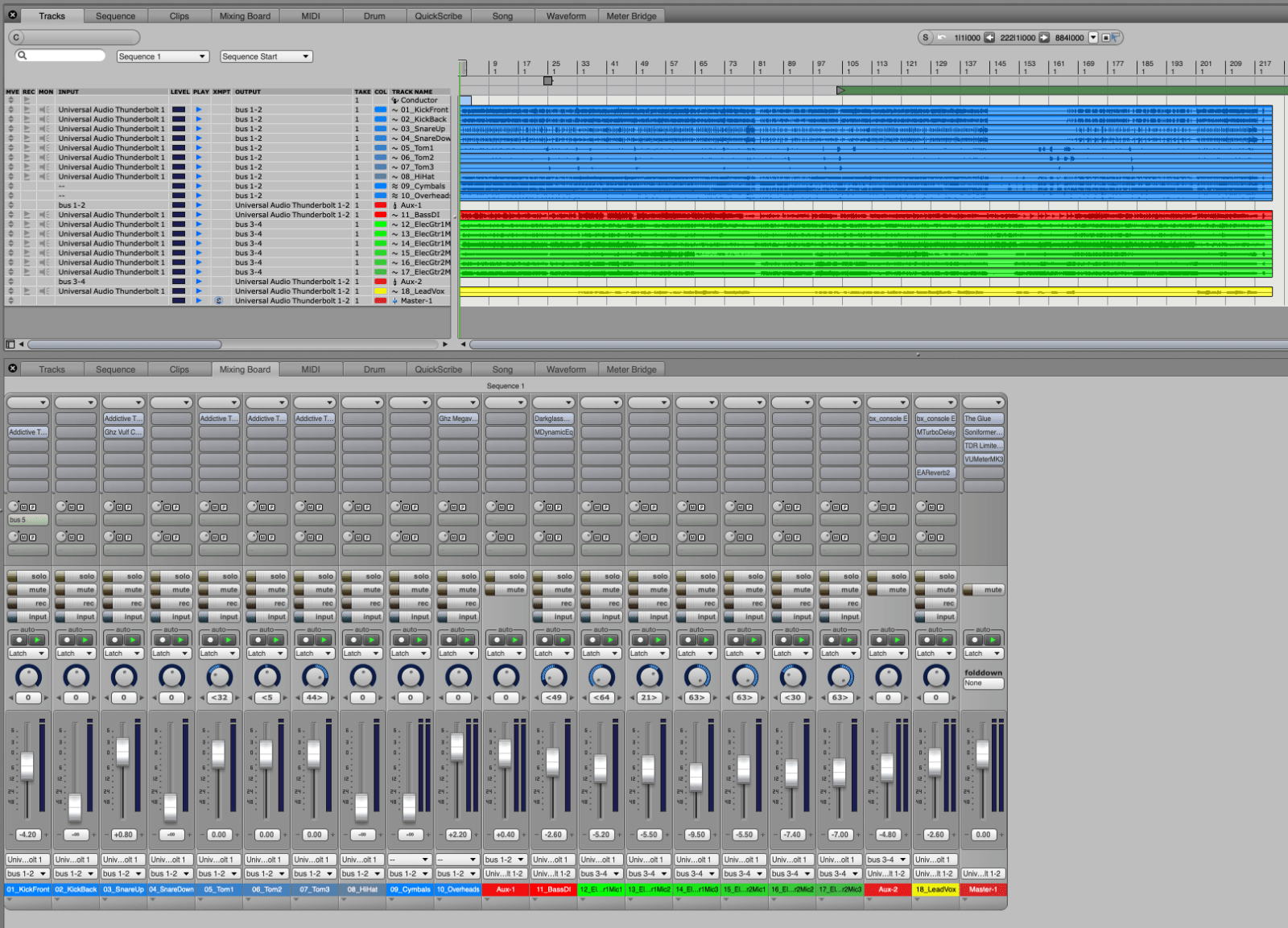The Usual Sequence of Steps in the Recording Process in Accounting Accounting Services

The accounting process consists of activities involved in preparing financial statements and includes identifying, recording, and summarizing a business’s financial transactions. The accounting cycle is the series of steps required to complete the accounting process. Because the accounting process repeats with each reporting period, it’s referred to as the accounting cycle. The transactions that cannot be entered in special journals are recorded in the general journal. Upon the posting of adjusting entries, a company prepares an adjusted trial balance followed by the financial statements. An entity closes temporary accounts, revenues, and expenses, at the end of the period using closing entries.
3 Define and Describe the Initial Steps in the Accounting Cycle
Regardless, most bookkeepers will have an awareness of the company’s financial position from day to day. Overall, determining the amount of time for each accounting cycle is important because it sets specific dates for opening and closing. Once an accounting cycle closes, a new cycle begins, starting the eight-step accounting process all over again.
Understanding the 8-Step Accounting Cycle
Accounting is the process of recording financial transactions pertaining to a business. Each record has fields for transaction date, comments, debits, credits and outstanding balance. In the earlier sales transaction example, the posting process involves entering a credit amount for the sales account, a debit amount for the cash account and updating the respective the usual sequence of steps in the recording process is to balances. The general ledger may be in the form of a binder, index cards or a software application. An entry consists of the transaction date, the debit and credit amounts for the appropriate accounts and a brief memo explaining the transaction. For example, the journal entries for a cash sales transaction are to credit (increase) sales and debit (increase) cash.
Check it out now on O’Reilly
The Journal entries consist of Debit and Credit amounts, the date of transaction and description about the transaction. After the company makes all adjusting entries, it then generates its financial statements in the seventh step. For most companies, these statements will include an income statement, balance sheet, and cash flow statement. Identifying and analyzing transactions is the first step in the process.
Some of the basic accounting terms that you will learn include revenues, expenses, assets, liabilities, income statement, balance sheet, and statement of cash flows. You will become familiar with accounting debits and credits as we show you how to record transactions. You will also see why two basic accounting principles, the revenue recognition principle and the matching principle, assure that a company’s income statement reports a company’s profitability. Accounting means gathering of various records and arranging and recording them systematically so as they become useful data. After the company posts journal entries to individual general ledger accounts, an unadjusted trial balance is prepared.

Forensic Accounting
Point of sale technology can help to combine steps one and two, but companies must also track their expenses. The choice between accrual and cash accounting will dictate when transactions are officially recorded. Keep in mind that accrual accounting requires the matching of revenues with expenses so both must be booked at the time of sale. The fourth step in the process is to prepare an unadjusted trial balance.
- On this list, the total of all the debit balances must equal the total of all the credit balances.
- Accounting is the process of recording financial transactions pertaining to a business.
- Most companies seek to analyze their performance on a monthly basis, though some may focus more heavily on quarterly or annual results.
- Identifying and analyzing transactions is the first step in the process.
In addition to identifying any errors, adjusting entries may be needed for revenue and expense matching when using accrual accounting. The accounting cycle is used comprehensively through one full reporting period. Thus, staying organized throughout the process’s time frame can be a key element that helps to maintain overall efficiency.
The usual sequence of steps in the recording process includes analysis, preparation of journal entries and posting these entries to the general ledger. Subsequent accounting processes include preparing a trial balance and compiling financial statements. The accounting cycle is a collective process of identifying, analyzing, and recording the accounting events of a company.
This takes analyzed data from step 1 and organizes it into a comprehensive record of every company transaction. A transaction is a business activity or event that has an effect on financial information presented on financial statements. A journal (also known as the book of original entry or general journal) is a record of all transactions.


